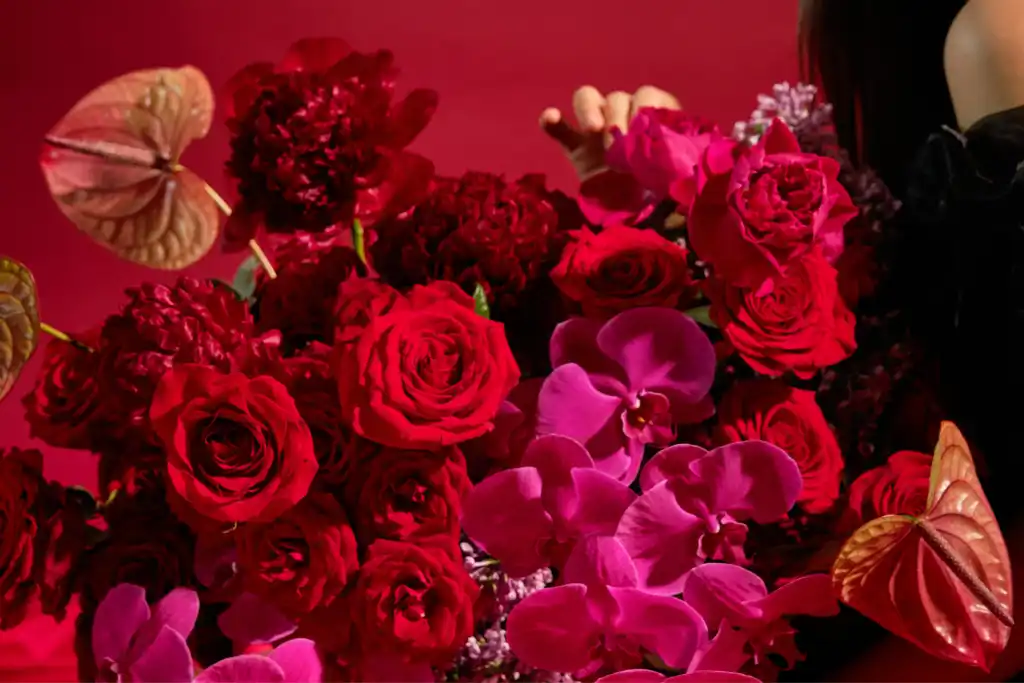
For as long as we’ve known flowers have served as a means of expressing and communicating through different cultures across the globe. From luscious gardens to innovative floristry, these alluring creations often hold a profound meaning that transcends borders and language barriers. As societies evolved, different symbolic meanings emerged and spread across the world. However, it’s important to know that not all flower symbolism translates universally. The interpretation attached to various flowers can vary significantly from culture to culture. For instance, the red rose traditionally signifies love and romance, a concept commonly shared among most of the world and is celebrated on Valentine’s Day. Understanding the intricate language of flowers becomes more intriguing when exploring how different cultures perceive and interpret specific blooms.
In this article, we will explore the fascinating world of flower communication and discover how these connotations can sometimes be diametrically opposed from one another.
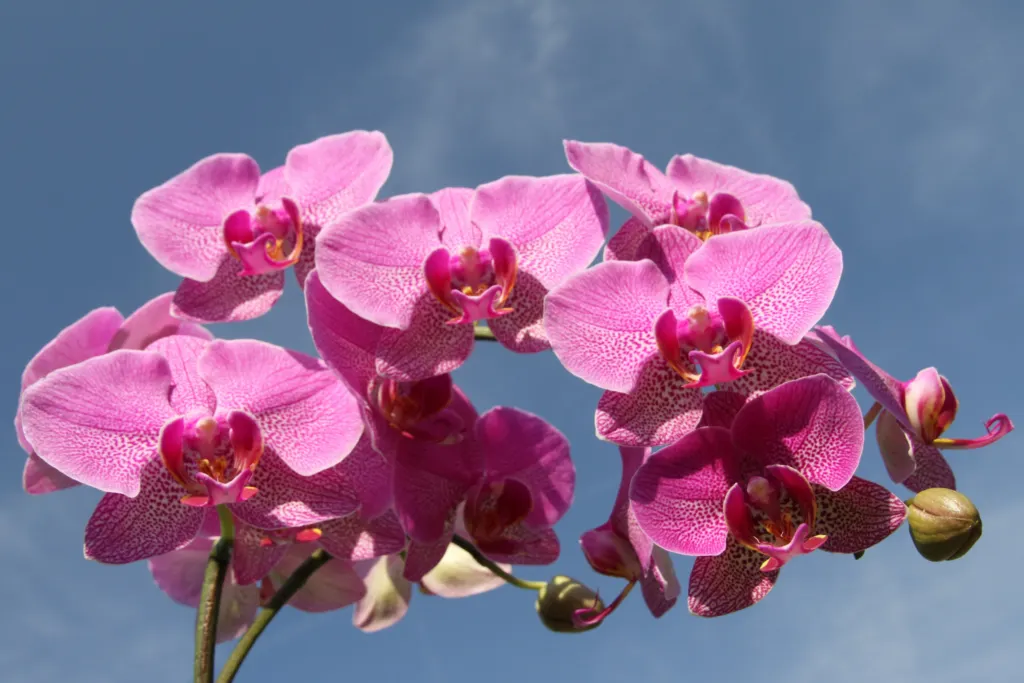
orchids
In Western cultures, orchids are often associated with beauty, elegance, and luxury. However, in Chinese culture, the orchid holds a profoundly different meaning. It symbolizes perfection, fertility, and prosperity. In China they also believe that orchids possess healing properties, making them ideal gifts for speeding up recovery or bringing comfort to the sick. This stark difference highlights the importance of considering cultural context when interpreting flower symbolism.
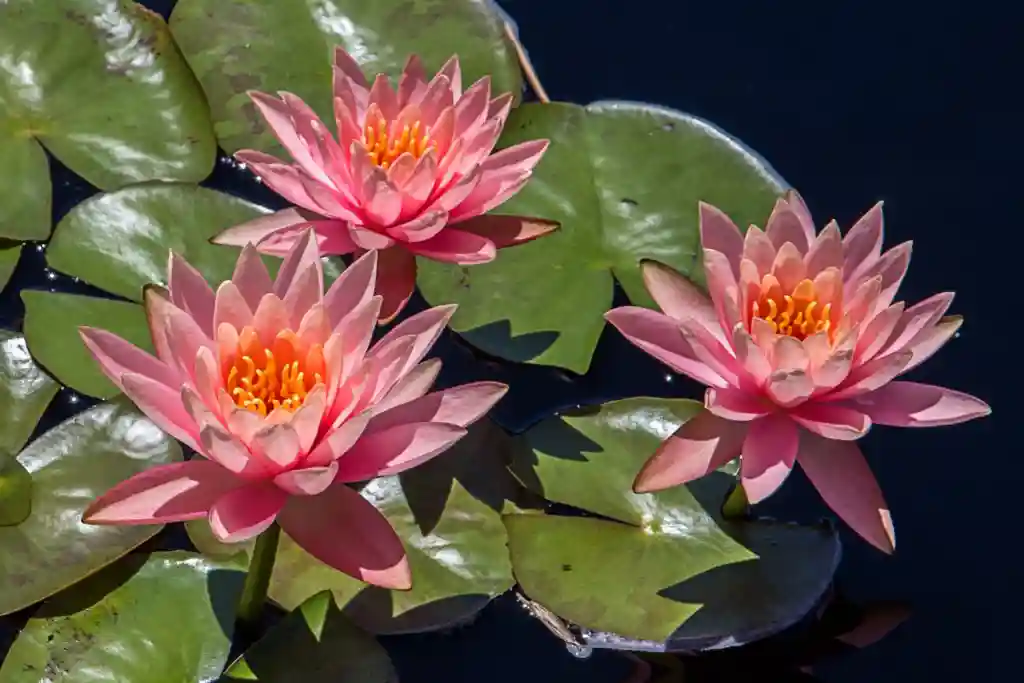
lotus message
The lotus flower holds great significance across various Eastern cultures, including Hinduism, Buddhism, and ancient Egyptian mythology. In these cultures, the lotus is often associated with purity, enlightenment, spiritual awakening, and rebirth. Its ability to emerge gracefully from muddy waters symbolizes beauty and transformation. In Western cultures, however, the meaning of lotus is often limited to its aesthetic charm, emphasizing the importance of understanding cultural nuances.
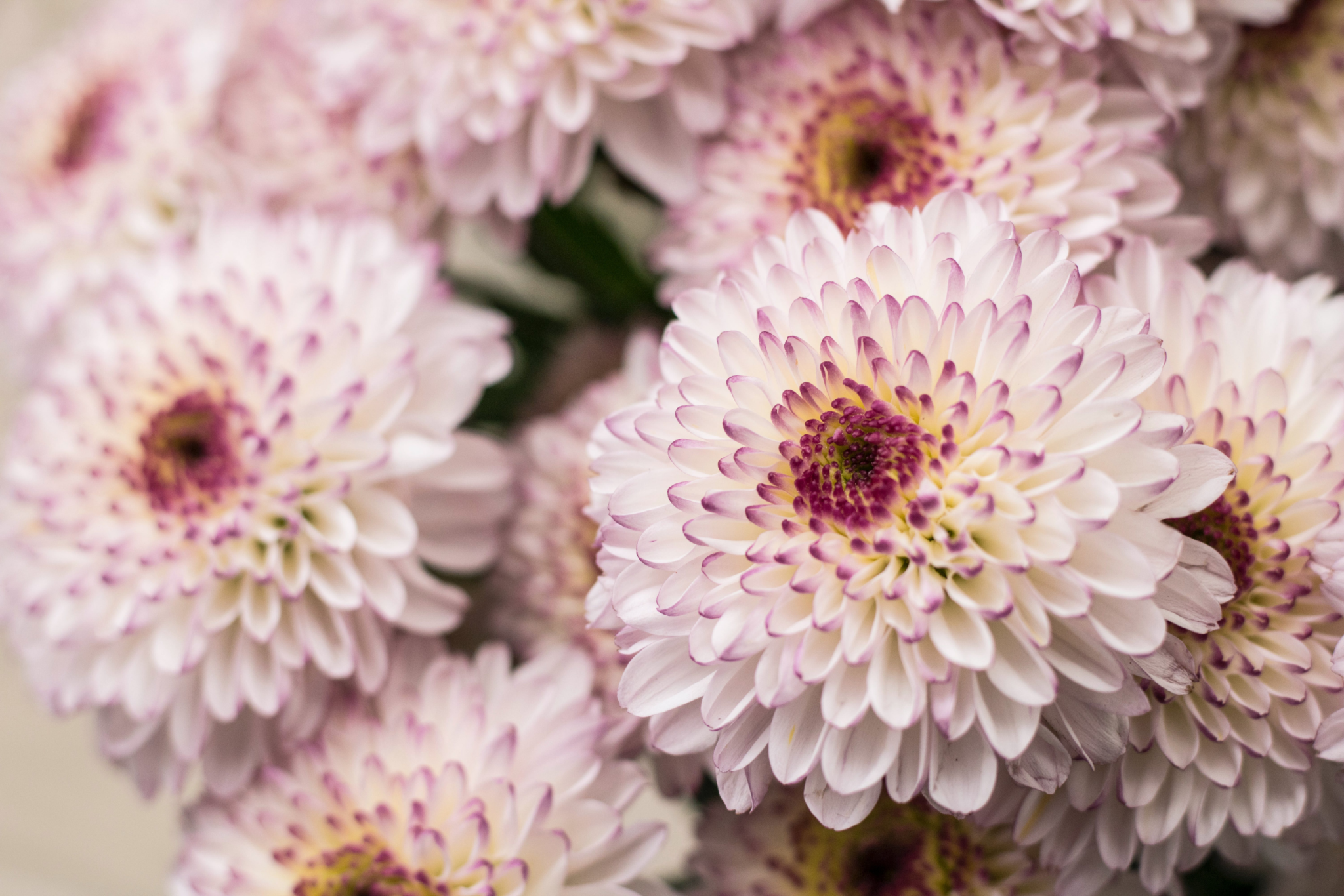
The chrysanthemum showcases how flower symbolism can diverge drastically. While it portrays joy, friendship, and celebration in Western cultures, it carries a more somber essence in Eastern cultures, particularly in China, Japan, and Korea. In these countries, chrysanthemums are often associated with death, mourning, and funerals.
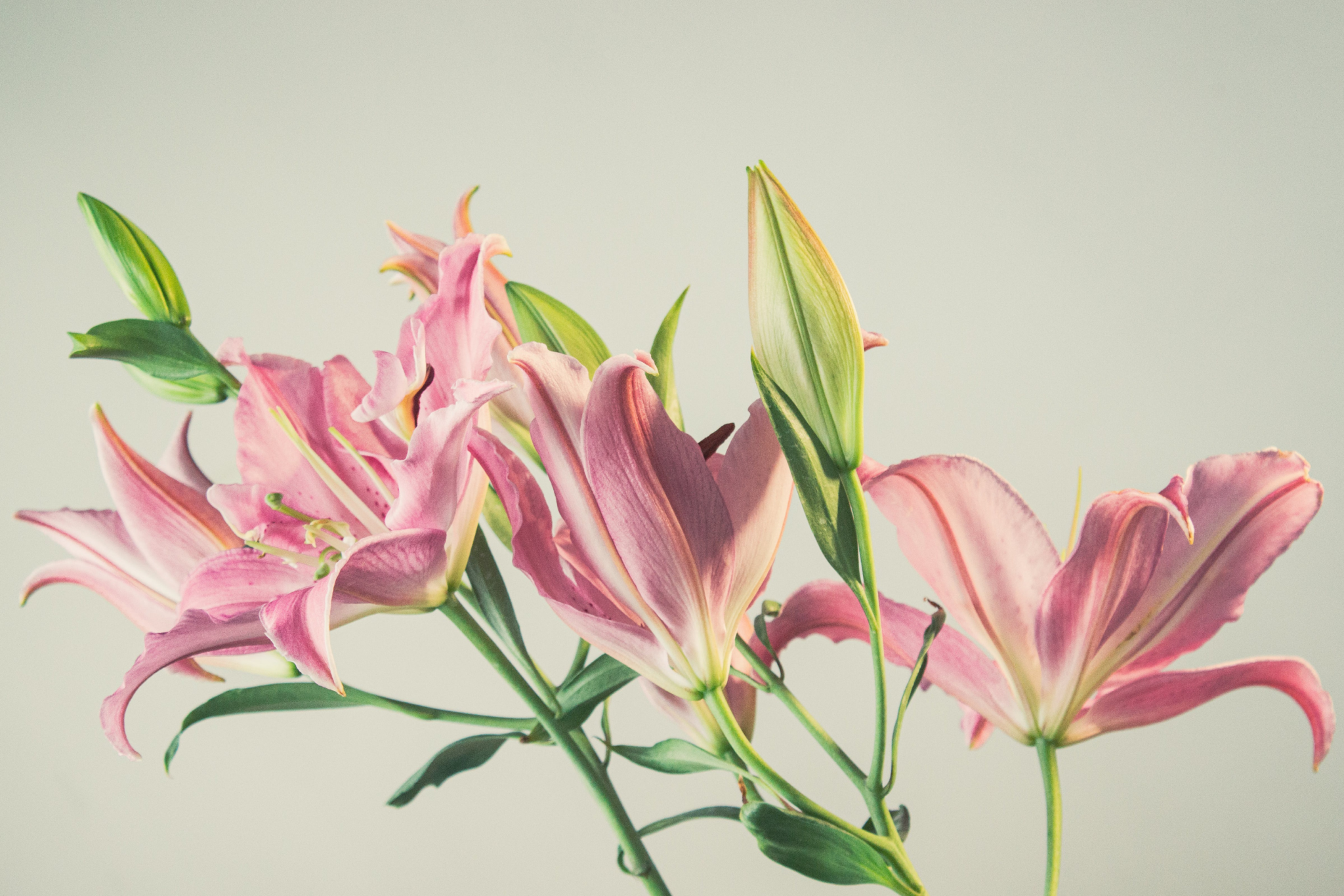
In the West, yellow flowers commonly represent friendship, and white lilies are a popular wedding day flower. However, in Russia, yellow lilies are associated with falsehood and dishonesty. Presenting these flowers may unintentionally imply deceitfulness or insincerity.
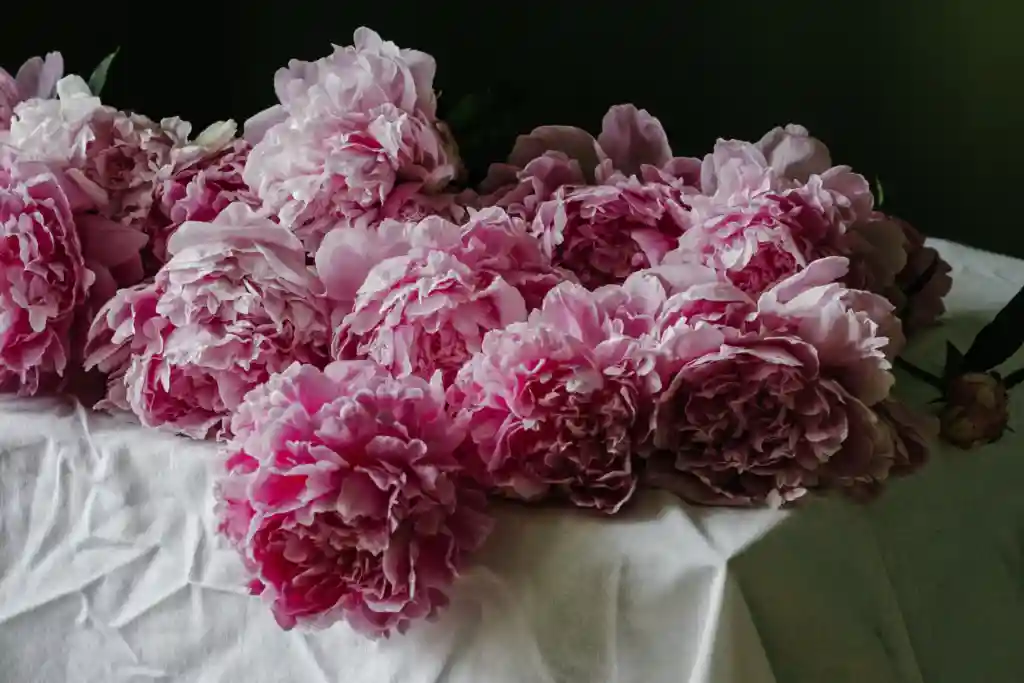
In many European cultures, peony represents charm, grace, and femininity. However, in Chinese culture, the peony is known as the “flower of riches and honor” and is considered a symbol of love and romance. It represents a happy and harmonious marriage, fertility, and affection between couples. In the Far East, such as Korean and Vietnamese, the peony symbolizes wealth and fortune. It is considered a lucky flower and is believed to bring financial success and prosperity.

The vibrant colors and tropical appearance of Anthuriums have been associated with warm hospitality in Hawaiian culture and are commonly used to greet people with traditional flower leis. The Native Polynesian people of the Hawaiian Islands also believe that the Anthurium possesses protective qualities that can ward off negative energies.
In many Asian cultures, flowers hold great significance and are deeply integrated into daily life. In Japan, the art of flower arrangement, or Ikebana, is considered a respected and revered tradition. It not only focuses on the beauty and harmony of the arrangement but also emphasizes the spiritual connection between humans and nature. Similarly, in India, flowers are used in religious ceremonies and rituals, with each flower holding a symbolic meaning. The marigold, for instance, is associated with purity and is often used in Hindu weddings and festivals.
In Western cultures, where they are commonly used to express emotions and sentiments. The red rose has long been associated with love and romance. It is often given as a gift on Valentine’s Day or used to convey heartfelt emotions. In addition to their symbolic meanings, flowers are also used to decorate homes and public spaces during festive occasions, such as Christmas and Easter. The vibrant colors and fragrances of flowers bring joy and a sense of celebration to these cultural events.
The enduring influence of flowers in cultures around the world is evident in the way they continue to be cherished and celebrated. Whether it is the Lotus flower in Buddhist traditions, the Cherry Blossom in Japanese culture, or the Sunflower in native American rituals, flowers hold a special place in the hearts of people worldwide. Their beauty, fragrance, and symbolism transcend borders, languages, and generations, reminding us of the universal language of love and connection that flowers speak. So next time you encounter a flower, take a moment to appreciate its enduring influence and the cultural richness it represents.

Flowers possess a unique ability to convey heartfelt messages without the need for words. However, as we explored different cultures, we realized that flower symbolism is not always universal. So, this Valentine’s Day when you present flowers to your significant other, take a moment to consider the profound messages they could be conveying, bridging the gaps between diverse cultures and creating more meaningful connections.